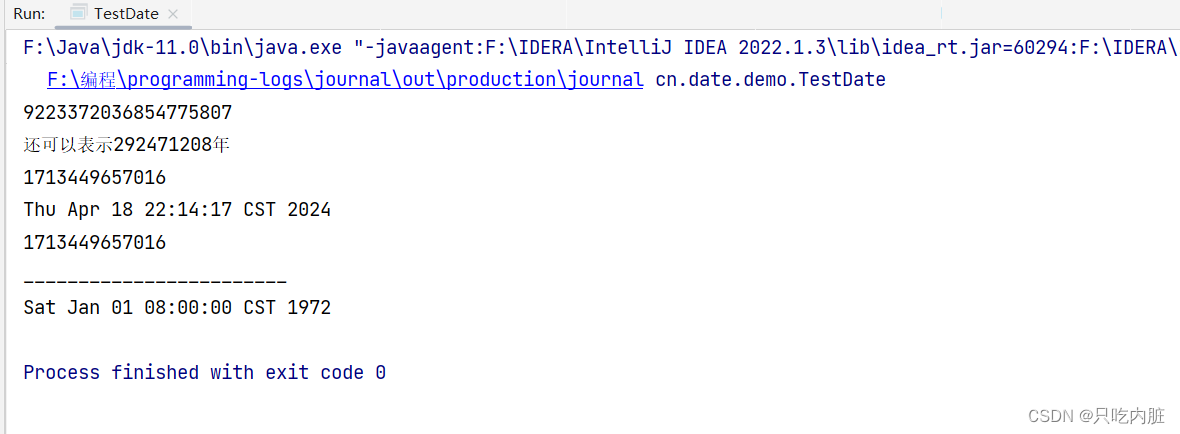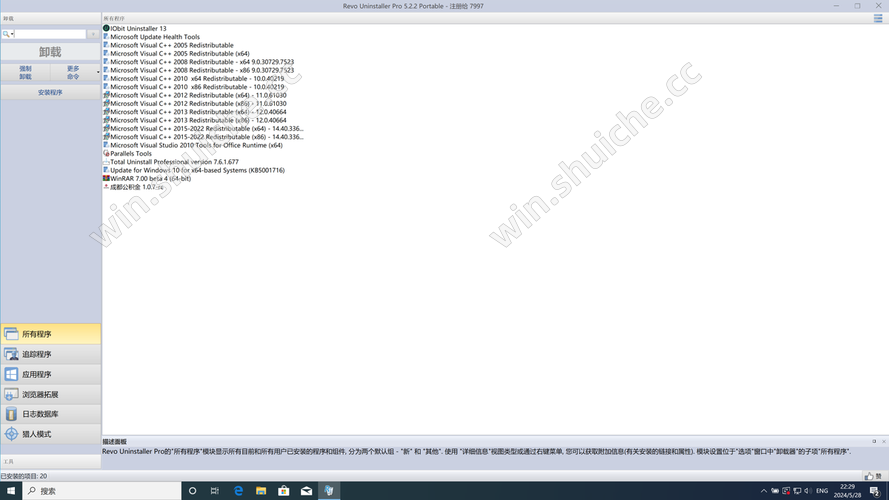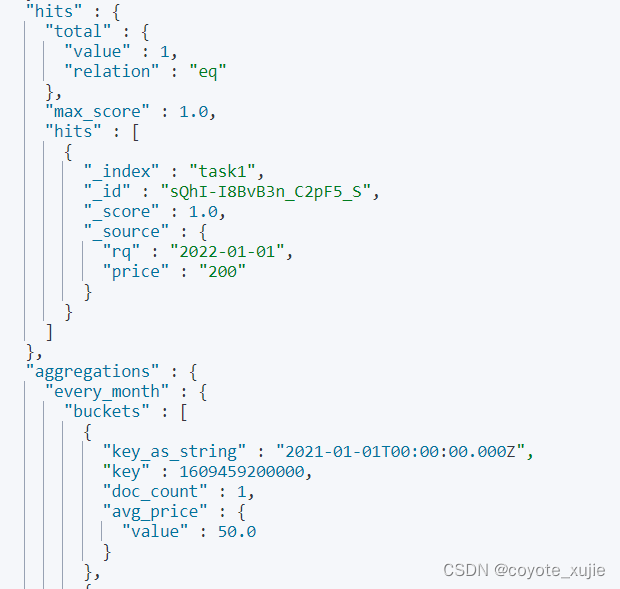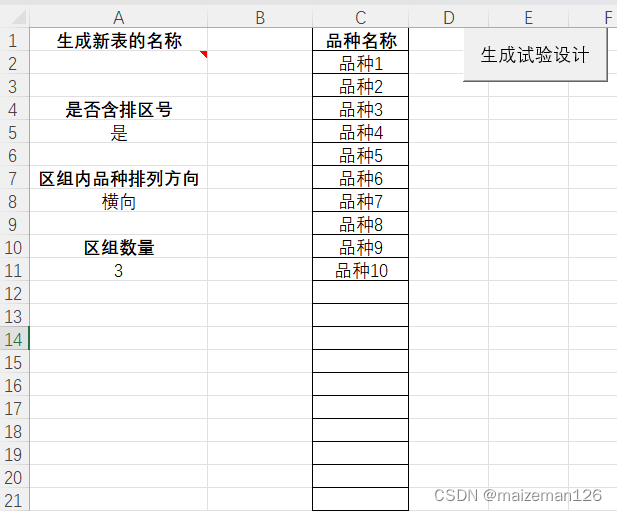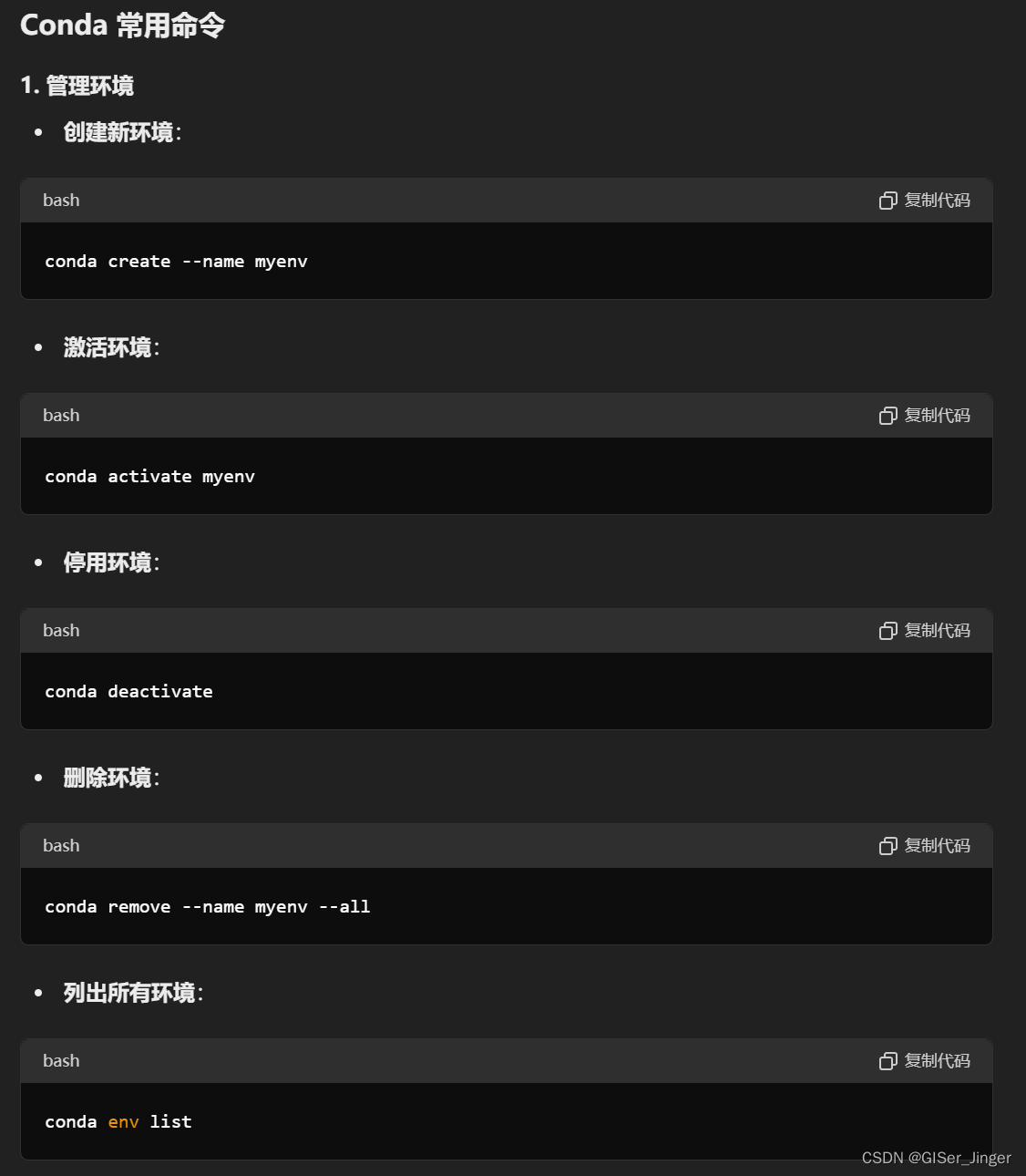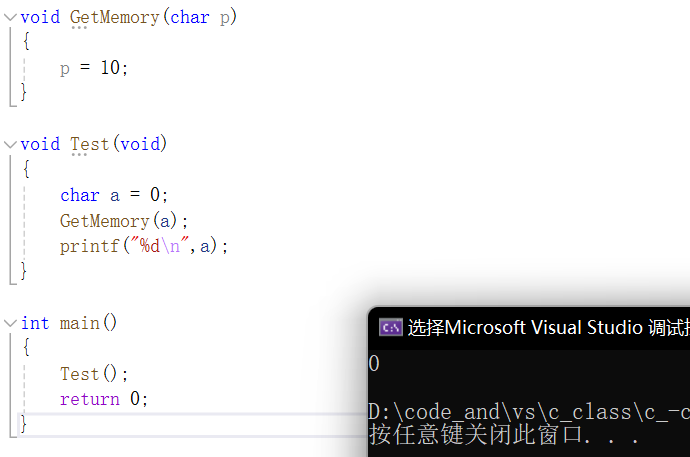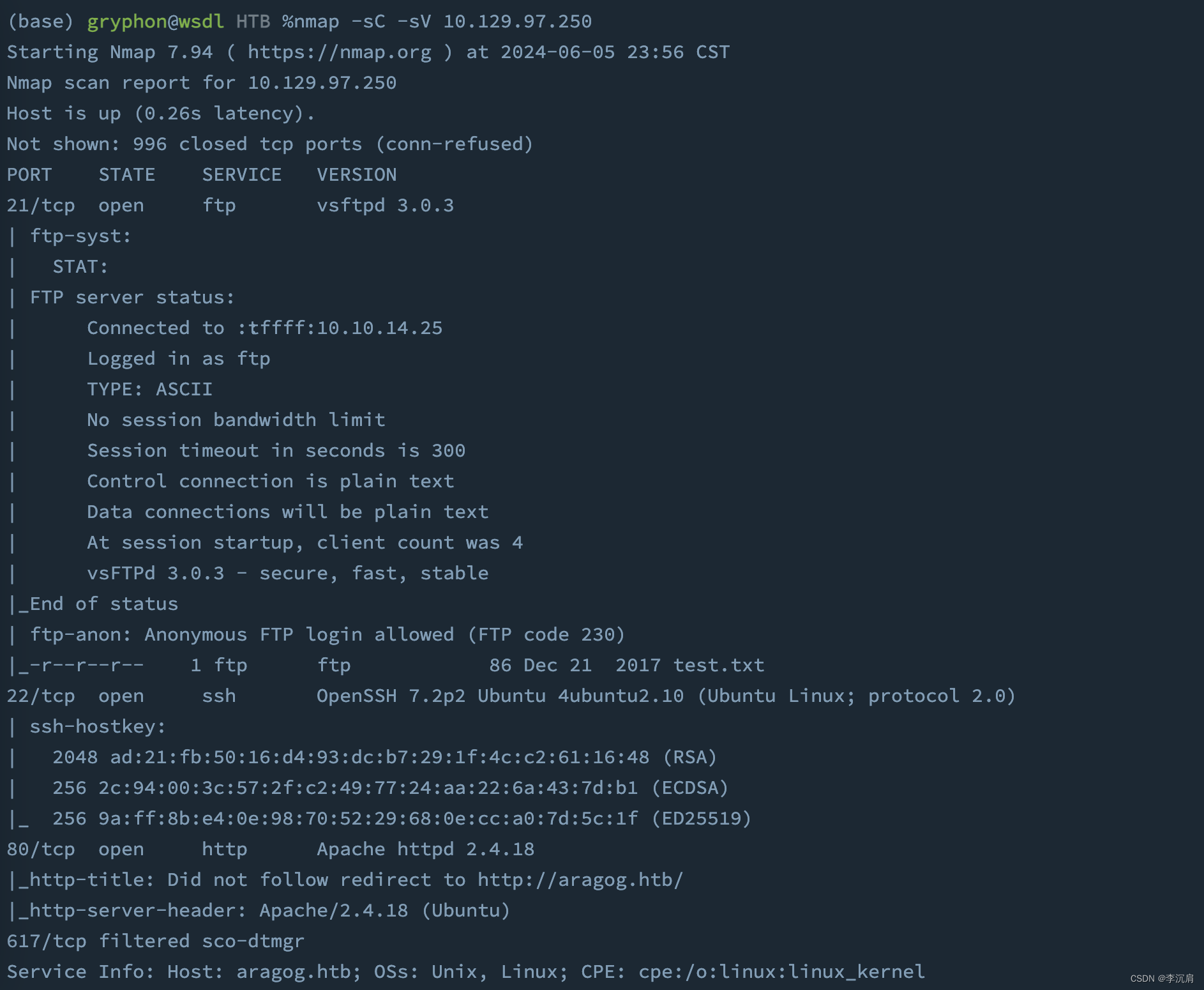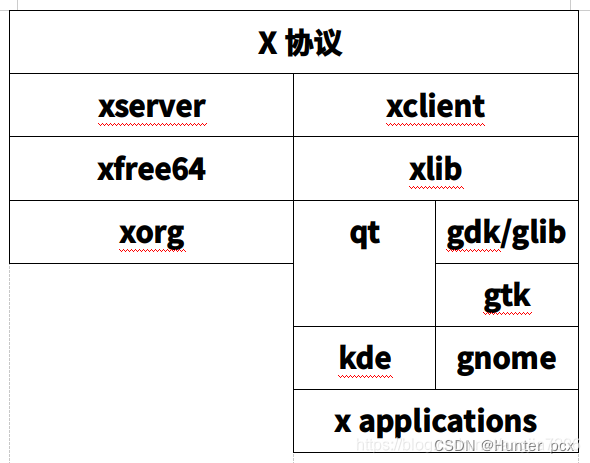目录
一、前言
当我们编写代码时,我们经常会遇到需要处理日期和时间的情况。为了更方便地处理这些需求,我们可以创建一个工具类来封装一些常用的日期和时间操作函数,从而简化我们的开发过程。在这篇文章中,我将介绍一个名为 "Utils" 的工具类,它包含了一些方便实用的日期和时间处理函数。
二、函数介绍
首先,让我们来看看这个工具类包含的几个主要函数:
1.DayOfWeek 枚举定义
在这个工具类中,我们首先定义了一个名为 "DayOfWeek" 的枚举,用来表示一周中的每一天对应的数字。这样做是为了方便后续的星期几计算,通过枚举的方式可以更清晰地表达代码的意图。
DayOfWeek = {
Sunday = 1,
Monday = 2,
Tuesday = 3,
Wednesday = 4,
Thursday = 5,
Friday = 6,
Saturday = 7
}2.GetTimeUntilNextTarget
这个函数用于计算距离下一个目标时间点还有多少秒。它接受目标时间点的小时、分钟和秒作为参数,然后通过比较当前时间与目标时间的大小关系来计算出距离下一个目标时间点还有多少秒,最后返回该秒数。这个函数的逻辑简单清晰,使用起来非常方便。
-- 获取距离下一个目标时间还有多少时间 最后返回是秒
function Utils.GetTimeUntilNextTarge(targetHour, targetMinute, targetSecond)
local currentTime = os.time()
local targetDataTime = os.date("*t", currentTime)
targetDataTime.hour = targetHour
targetDataTime.min = targetMinute
targetDataTime.sec = targetSecond
if os.time(targetDataTime) <= currentTime then
targetDataTime = currentTime + (24 * 60 * 60)
targetDataTime = os.date("*t", targetDataTime)
targetDataTime.hour = targetHour
targetDataTime.min = targetMinute
targetDataTime.sec = targetSecond
end
return os.time(targetDataTime) - currentTime
end3.GetSpecificWeekdayTime
这个函数用于获取当前周的某一天的特定时间点距离当前时间还有多少秒。它接受目标星期几、目标时间点的小时、分钟和秒作为参数,然后通过一系列的计算来得出距离下一个目标时间点还有多少秒,最后返回该秒数。这个函数的实现涉及到了对日期的加减和比较,通过这个函数可以方便地获取到指定时间点在本周内距离当前时间的时间差。
-- 获取当前周的某一天的特定时间点 最后返回是秒
function Utils.GetSpecificWeekdayTime(targetWeekday, targetHour, targetMinute, targetSecond)
local currentDateTime = os.date("*t", os.time())
local timeDiff = 0
-- 计算当前日期和目标日期之间的天数差
local dayDiff = targetWeekday - currentDateTime.wday
if dayDiff < 0 and currentDateTime.hour >= targetHour then
timeDiff = (dayDiff + 7) * 24 * 60 * 60
end
-- 计算目标日期的年、月、日
local targetTimestamp = os.time(currentDateTime) + timeDiff
local targetDateTime = os.date("*t", targetTimestamp)
-- 设置目标时间的小时、分钟和秒
targetDateTime.hour = targetHour
targetDateTime.min = targetMinute
targetDateTime.sec = targetSecond
-- 如果当前时间已经过了目标时间点,就将目标日期调整为下一周的相同星期几
local currentTimestamp = os.time(currentDateTime)
local targetTimestamp = os.time(targetDateTime)
if currentTimestamp >= targetTimestamp then
targetTimestamp = targetTimestamp + 7 * 24 * 60 * 60
targetDateTime = os.date("*t", targetTimestamp)
targetDateTime.hour = targetHour
targetDateTime.min = targetMinute
targetDateTime.sec = targetSecond
end
return os.time(targetDateTime) - os.time()
end三、完整代码
local Utils = {}
Utils.name = "Utils"
Utils.DayOfWeek = {
Sunday = 1,
Monday = 2,
Tuesday = 3,
Wednesday = 4,
Thursday = 5,
Friday = 6,
Saturday = 7
}
-- 获取距离下一个目标时间还有多少时间 最后返回是秒
function Utils.GetTimeUntilNextTarge(targetHour, targetMinute, targetSecond)
local currentTime = os.time()
local targetDataTime = os.date("*t", currentTime)
targetDataTime.hour = targetHour
targetDataTime.min = targetMinute
targetDataTime.sec = targetSecond
if os.time(targetDataTime) <= currentTime then
targetDataTime = currentTime + (24 * 60 * 60)
targetDataTime = os.date("*t", targetDataTime)
targetDataTime.hour = targetHour
targetDataTime.min = targetMinute
targetDataTime.sec = targetSecond
end
return os.time(targetDataTime) - currentTime
end
-- 获取当前周的某一天的特定时间点 最后返回是秒
function Utils.GetSpecificWeekdayTime(targetWeekday, targetHour, targetMinute, targetSecond)
local currentDateTime = os.date("*t", os.time())
local timeDiff = 0
-- 计算当前日期和目标日期之间的天数差
local dayDiff = targetWeekday - currentDateTime.wday
if dayDiff < 0 and currentDateTime.hour >= targetHour then
timeDiff = (dayDiff + 7) * 24 * 60 * 60
end
-- 计算目标日期的年、月、日
local targetTimestamp = os.time(currentDateTime) + timeDiff
local targetDateTime = os.date("*t", targetTimestamp)
-- 设置目标时间的小时、分钟和秒
targetDateTime.hour = targetHour
targetDateTime.min = targetMinute
targetDateTime.sec = targetSecond
-- 如果当前时间已经过了目标时间点,就将目标日期调整为下一周的相同星期几
local currentTimestamp = os.time(currentDateTime)
local targetTimestamp = os.time(targetDateTime)
if currentTimestamp >= targetTimestamp then
targetTimestamp = targetTimestamp + 7 * 24 * 60 * 60
targetDateTime = os.date("*t", targetTimestamp)
targetDateTime.hour = targetHour
targetDateTime.min = targetMinute
targetDateTime.sec = targetSecond
end
return os.time(targetDateTime) - os.time()
end
return Utils四、总结
通过这些函数的封装,我们可以更加轻松地处理日期和时间相关的逻辑,提高代码的可读性和可维护性,感谢大家的支持。




